
A coal truck roars past, stirring up red dust that blows over the famished cattle and sheep lying in grassless paddocks. The carcasses of dead kangaroos lie next to empty water troughs. There is no birdsong.
Some say it has been the worst drought in a century here across the central and eastern part of Australia. As in other parts of the world, climate change and land clearing are driving soaring temperatures and extreme weather events, including heatwaves and droughts. Australia already sees several weeks each year when temperatures climb above 45C, but few people were prepared for the drying-up of dams and waterways.
Food insecurity is now a real threat in parts of the country as livestock and wildlife are dying in inner New South Wales (NSW). Farmers are struggling; rates of depression and anxiety are increasing among those who stay.
“I was sleeping for 15 hours a day,” says Richard, a cattle farmer living near White Cliffs in western NSW. “I felt so sick and tired I thought I had cancer. But it was depression.”
His depression hit just before this drought, and was brought on, he thinks, by extreme stress and family issues. But drought only adds to farmers’ stress: it degrades the land, which makes it harder to earn a living.
In 2018, a study from the University of Newcastle in NSW found that farmers in rural parts of the state experienced “significant stress about the effects of drought on themselves, their families and their communities”. Other research suggests that income insecurity related to drought increases the risk of suicide among farmers.
Psychologist Pat Dudgeon at the University of Western Australia is used to people suffering in response to extreme stress. She was Australia’s first Aboriginal psychologist, and specialised in suicide prevention because of the mental health issues in her community in the Kimberley, a region of northwest Australia.
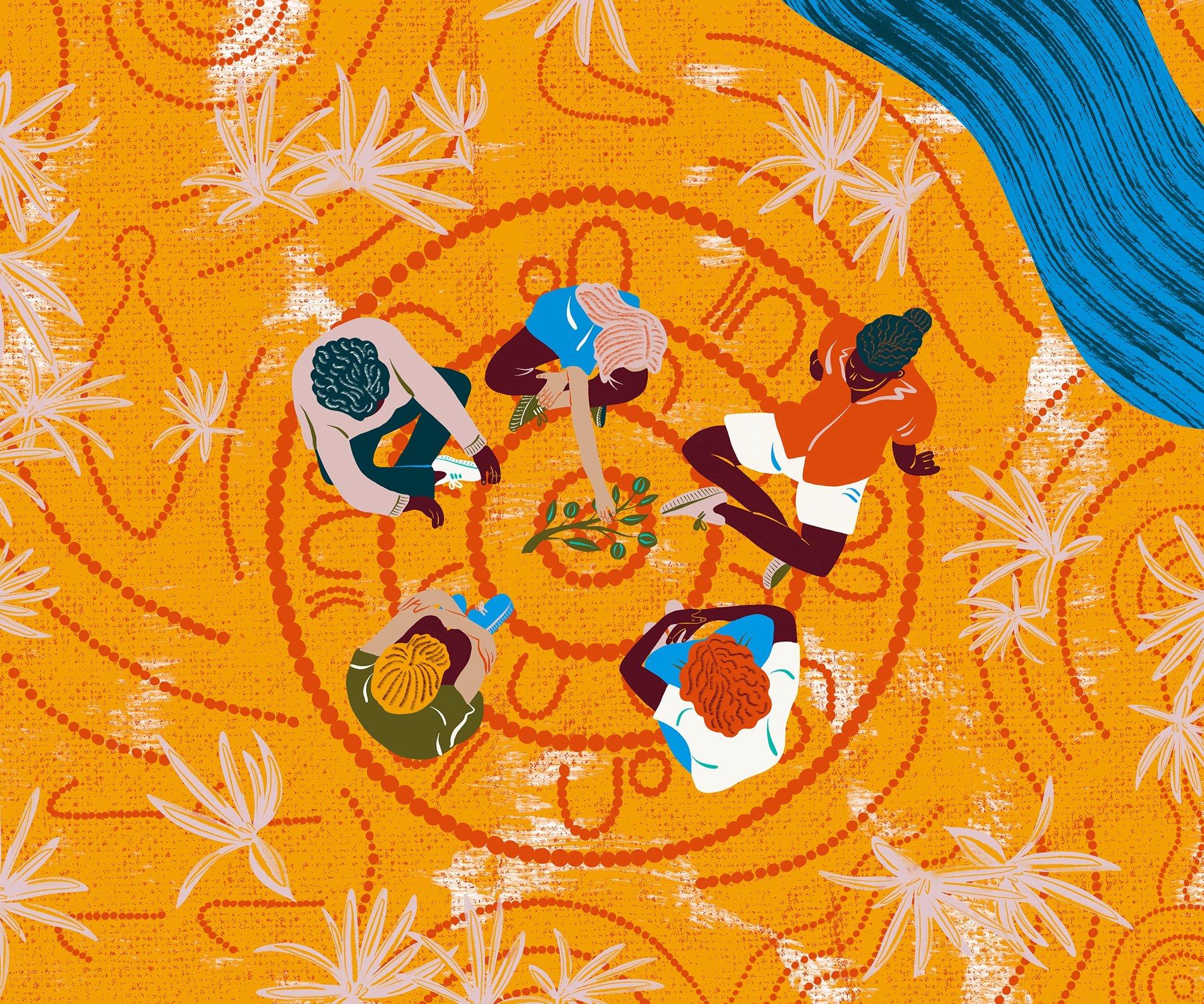
Throughout the country, rates of suicide have increased dramatically for Aboriginal and Torres Strait Islander people over the past 30 years. The rise is due to ongoing issues of racism, poverty and intergenerational pain, the legacy of centuries of colonisation and mistreatment by British and Australian governments. For instance, many Aboriginal people have had their land taken from them and been forcibly removed to live in missions or be fostered by non-Aboriginal people.
Dudgeon believes many lessons can be learnt about grief and trauma from the loss of land and culture that Aboriginal people have experienced. She says psychology can move away from the western tradition of expert and patient, towards a more narrative form based on Aboriginal traditions and reconnecting with the land. And as more psychologists begin to incorporate these Aboriginal concepts into their practice, such a combined approach might help farmers dealing with drought to reconnect with the land and improve their mental health, too.
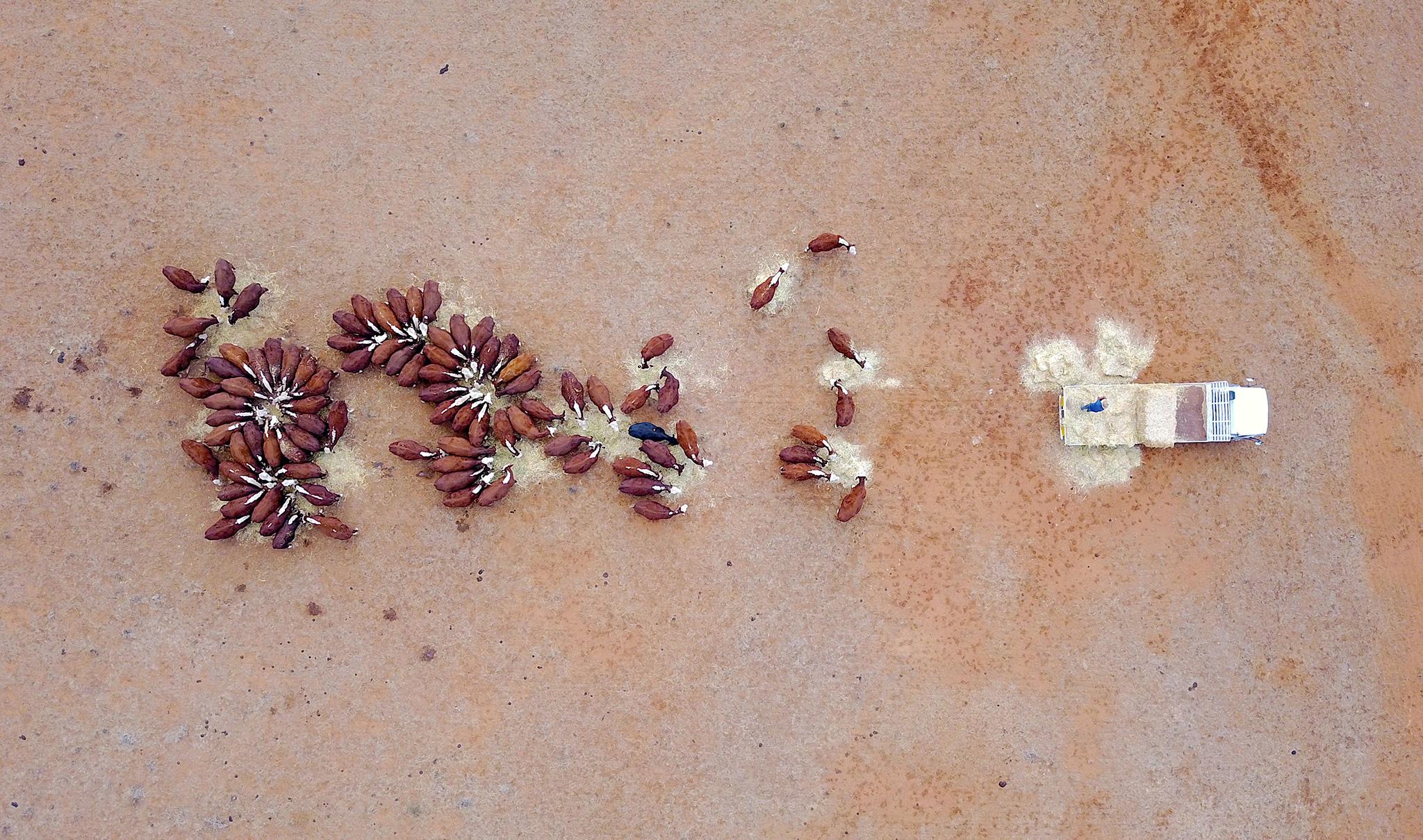
“If the land is sick, you are sick,” says Fiona Livingstone, who manages a suicide-prevention programme at the University of Newcastle’s Centre for Rural and Remote Mental Health.
She explains that the traditional Aboriginal concept of health is much broader than that of conventional western medicine. Aboriginal people, she says, are deeply connected to “country”, the place with which they have spiritual ties. The personal, social and ecological are closely interconnected: “health” is the state in which they are all in balance.
Prolonged drought affects Aboriginal communities in farming regions economically, because it leads to a lack of work. There’s also grief at the loss of nature from the deaths of wild animals and plants. These experiences of not being able to take care of the land during long periods of drought increase stress, leading to an increase in antisocial and risk-taking behaviour such as drug dependence and drinking. People begin to “mistrust each other, gossip maliciously and turn against each other”, say the authors of one report. Droughts can have the effect of “exacerbating underlying grief and trauma”.
Dealing with feelings of despair can be complicated. The traditional expert–patient relationship of psychological treatment has often been seen by Aboriginal people as being based on that of the colonial master and the colonised. That’s a problem if, as Dudgeon believes, colonisation is also the primary source of Aboriginal people’s distress and often the underlying cause of depression and suicidal feelings.
“It is this lack of self-determination that continues to cause a higher incidence of suicide in Aboriginal people. It is a sense of hopelessness passed from one generation to another,” she explains.
Dudgeon says that medical clinics are sometimes the answer, at least for people at immediate risk of suicide. But for those who want to build their emotional resilience, the use of ancient rituals, reminding people of their history and creating a sense of belonging, can be powerful. “Strengthening culture and a strong sense of self is certainly an important part of Aboriginal wellbeing,” she adds.
In Canada, a model called cultural continuity has proved useful in supporting young First Nations people to strengthen cultural identity and resilience. This approach is about helping people feel pride in their culture, making them custodians of knowledge and asking them to teach others to look after the environment we all depend on. This emphasis on self-determination and valuing cultural ways can help at-risk adolescents by giving them coping strategies. It can also be useful for families coping with trauma and loss.
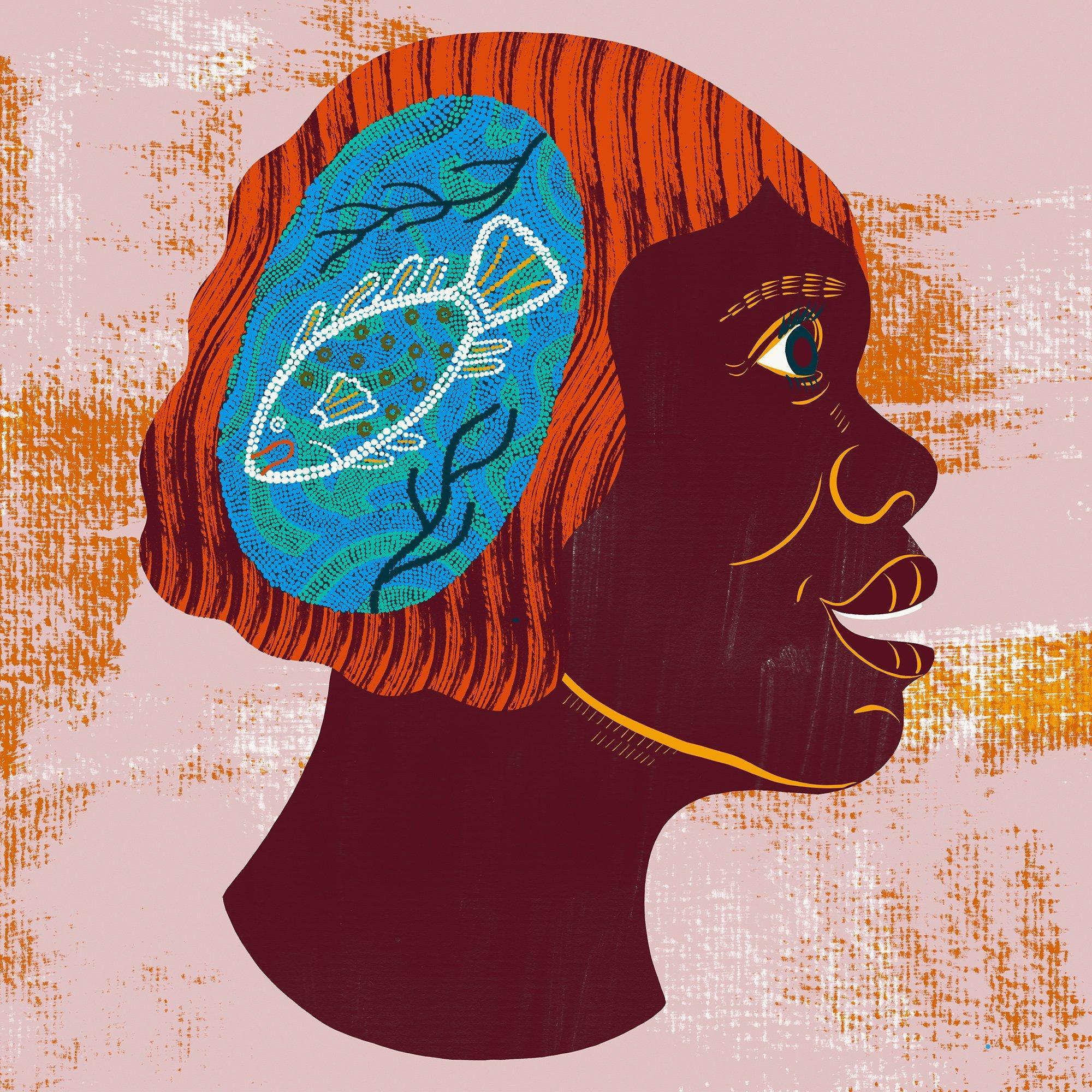
Studies have suggested that cultural continuity can reduce suicide rates as people begin to feel they are no longer in a cultural no man’s land, belonging to neither western nor indigenous culture.
It’s an approach that works in Australia, too.
A strong sense of responsibility to the land, of being “custodians of the land we live on”, is intrinsic to Australian Aboriginal culture. It means looking after the water and the land for the next generation. But climate change has made the weather chaotic, with drier winters and erratic or failing rains, especially in the south and east. No one can remember it being so dry, so little water in the dams and creeks. Many of Australia’s iconic gum trees have failed to flower.
Water is a symbol of knowledge in at least one Aboriginal culture. In languages of the Northern Territory, the word “ganma” means a place where salt water and fresh water meet. It is used as a metaphor for different people coming together to share knowledge and reach mutual understanding. It’s also the basis of what Aboriginal people call “yarning” – sitting in a circle on the ground, sharing stories.
These old ways of thinking are being used by some psychologists to counter the colonial connotations of the western style of psychology. Consultations based on yarning involve history, storytelling and finding common ground through skin ties, a complex system of inter-family connections. It can take weeks or months – the comparative directness of a western-style consultation is seen as rude in Aboriginal culture.
“Yarning is about cultural awareness,” says Ivan Lin from the University of Western Australia. He works primarily with Aboriginal communities on pain management, and says poor communication can be a barrier to effective treatment: “It’s often the doctor who interrupts too quickly and prevents the patient actually saying what they want to say. I use clinical yarning in my practice for this reason.
“It creates a relationship and it’s about problem solving. I would ask, for example, if the patient is from a place where water is really important. As a doctor, can you use water to keep the discussion moving, keep them talking? Ask about fishing, going out with their son. Could activities on the water be useful in helping the patient in some way?”
Yarning has become the basis of many remote health programmes. A programme based on listening to the voices of Aboriginal Elders started more than 15 years ago for the management of chronic health conditions. It’s now run in several NSW health districts, where Elders are asked to help some health programmes pinpoint why certain initiatives are not working for Aboriginal people, and what could be more effective.
Mental health workers are building on this idea, yarning with older Aboriginal people in remote areas to understand their specific health needs, with the effects of the drought now foremost in everyone’s minds. But could it also work with non-Aboriginal people feeling helplessness and despair in response to the drought?
Ecological pain has been the subject of a growing body of academic study. The environmental philosopher Glenn Albrecht coined the word “solastalgia” to describe it while he worked at the University of Newcastle in NSW. Specifically, solastalgia is the feeling of distress associated with environmental change close to your home. The concept can be found in clinical psychology and health policy in Australia, as well as being used by researchers in the US looking into the effects of wildfires in California.
Solastalgia can be thought of as a lack of ease (“dis-ease”) in a hostile environment where you feel powerless. Justin Lawson from Melbourne’s Deakin University explains it in more everyday terms. He says it’s not dissimilar to the sentiment he feels when listening to “No More Walks in the Wood” by Eagles, which describes remembering a forest as it once was, before it was cut down.
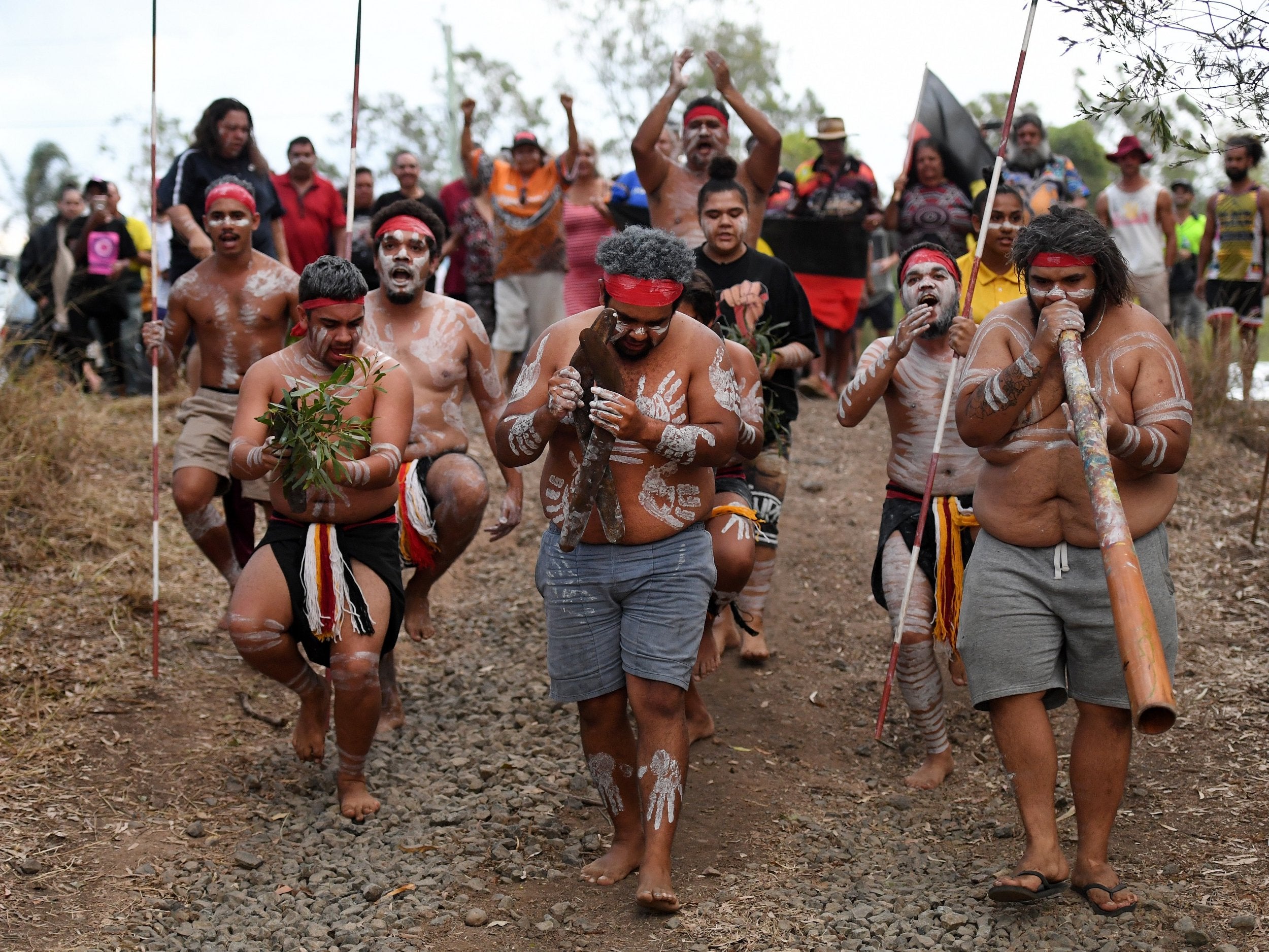
Powerlessness is a key element. Climate change is a global problem that governments are struggling to come to terms with, let alone solve. How can we as individuals possibly make a difference? Yet how can we tell our grandchildren that we knew about climate change and didn’t do enough to stop it?
Groups like Doctors for the Environment Australia continue to ask governments to act and to prepare people for the future, to control pollution, to manage increasing heat and drought. But there is little action, and no comprehensive plan.
Meanwhile, Australia’s politicians continue to squabble over the benefits of fossil fuels. The prime minister, Scott Morrison, has been a strong supporter of the coal industry in the past. (In 2017, when he was treasurer, Morrison brought a lump of coal into parliament, stating: “This is coal. Don’t be afraid, don’t be scared.”) And while a proposed open-cut coal mine in NSW was rejected in February 2019, specifically because it would increase greenhouse gases and contribute to climate change, two new coal-fired power stations are set to be built in the same area.
It’s the feeling of being abandoned or overridden by authorities, of being denied action even though they have the money to act, that festers and contributes to this mental distress developing into a medical problem. Meanwhile, those who try to make a difference on their own often find that standing up to authorities is hard.
Beverley Smiles, an environmental and anti-coalmine activist, has experienced firsthand how communities can fracture without a strong collective spirit and commitment to the environment. She was arrested in 2017 for protesting against the expansion of coal mining near her home in the agricultural town of Wollar in central-eastern NSW.
“It’s been an enormous stress on our community,” she says. “If only we had all stayed put and stood together. Many people sold up and left. You don’t realise that communities cannot function without a certain number of people and when people don’t stick together. For example, there is no longer a volunteer rural fires service. With fires on the increase [because of the drought], I feel very unsafe.” She says mining companies are also contributing to a water shortage and so the farmers who are left behind can’t do their jobs.
Might a thriving Aboriginal community have supported Smiles’ cause, I wonder, and helped the town to be more resilient as a whole? But few Aboriginal people live in Wollar, following generations of violence and racism. And now many non-Aboriginal people are leaving, especially as international mining companies offer to buy up land from despairing farmers. Those who have stayed feel overwhelmed and worn out, mentally as much as physically, after fighting authorities for so long, Smiles says.
As the drought continues across much of Australia, including NSW, extreme floods have recently occurred along the east coast and further north in the state. Many more people are experiencing a kind of inertia in the face of global warming. They feel overwhelmed and hopeless due to the chaos that drought and flood bring.
Pat Dudgeon would like to see more Aboriginal psychologists who can teach other colleagues about cultural continuity, the concept of ganma and the practice of yarning. The Australian Indigenous Psychology Education Project, led by Dudgeon, aims not only to increase the number of Aboriginal psychologists, but also to integrate Aboriginal studies into psychology courses for all students. She hopes this will lead others to realise that humans can rise to the challenge of environmental degradation, and find ways to cope with the conflict and stress that comes with it.
In rural Australia, some Aboriginal psychologists and suicide prevention workers have started buddying up with counterparts from other communities. This began informally some years ago, but became a more formal scheme during the 2018 winter drought as non-Aboriginal communities faced significant mental distress.
Such collaborations use a wide variety of methods across a range of age groups, such as starting up young people’s football teams, with visiting Aboriginal psychologists to help mentor the girls and boys. There are also intense weekend workshops for women or men to learn about Aboriginal Dreaming.
For example, in water Dreaming workshops, an Aboriginal Elder and a psychologist teach a small multi-ethnic class about the cultural significance of water and how it has been managed across the land over thousands of years. Public events help everyone learn a little about these old water stories and how important it is to live harmoniously in your country.
Studies at the University of Newcastle’s Centre for Rural and Remote Mental Health have confirmed that these activities can be a useful psychological tool. Colin Rigby and colleagues spoke to 166 participants in yarning workshops from 27 communities across rural NSW during the “Big Dry” of 2008. Just having the impact of the drought on Aboriginal people recognised, by Aboriginal and non-Aboriginal communities alike, was valued. But bringing participants from both communities together to combine their skills and yarn also gave “meaningful expression of partnership”, in the words of participants, and a sense of unity, vision and clarity.
Aboriginal people were instrumental in guiding the yarning, helping all participants understand each other, taking time to find the right words to express feelings and discover shared experiences.
The researchers found that many Aboriginal people were happy having non-Aboriginal people involved if they followed ganma and listened. Sometimes it led to a sense of reconciliation between the two groups.
In this context, ganma has come to mean “If you listen to us, we’ll listen to you”. That is, two cultures listening to and learning from each other. It’s symbolic, representing different communities working to find practical solutions when dealing with ecological grief and the loss of nature and home.
Fiona Livingstone developed “We-Yarn” workshops with the Aboriginal former rugby player Nathan Blacklock. They encourage Aboriginal Dreaming, telling stories about history that can nourish a “remembered connectedness to land”, she explains.
Small groups go to learn lessons about a specific place: a creek, its animals, and the stories about their ancestors, such as why a particular family group comes to this place for solace when someone in the family has died.
When their workshops include non-Aboriginal people, the team are careful to ensure that the Aboriginal participants are happy to be part of a mixed group. “It really depends on the community requesting the workshops and what their needs and wishes are for the workshops. We are led by what particular communities ask for,” says Livingstone.
Coastal communities may ask for the workshops to include Dreaming stories about saltwater animals and they may like to spend a day at the beach, sitting on the sand and yarning. Freshwater people may like to hear stories about how the landscape and their community was formed. Such stories are important to give people a sense of identity and to inspire creative thinking, which is often lost when people feel depressed.
Many participants in the yarning sessions come as they are suffering with serious distress and are suicidal. Their GPs may recommend them as part of a course of treatment. The key is to encourage people to feel that they have a responsibility to protect the environment and care for it, to feel the connectedness to land that people outside Aboriginal communities may not be used to; that the sky, the land, the rivers are all related.
Aboriginal people often look to the stars for guidance and to remember ancestors. In the dust clouds of the Milky Way seen from the southern hemisphere is the Emu in the Sky. An example of what Dudgeon refers to as cultural continuity and Livingstone calls ganma, there are many stories about this Emu in Aboriginal Dreaming mythologies of creation and lore. Some relate the appearance of the Emu in the Sky to seasonal changes, while others say she pokes her head down through the clouds to check that all is well with the land in times of trouble – like now with drought and sadness.
Stories like this are told and repeated by all the generations of an Aboriginal family. They are now helping other communities learn about the richness of the country they live on and that a much older culture has resilience they can learn from. To know these stories is to feel wonder and pride in living here.
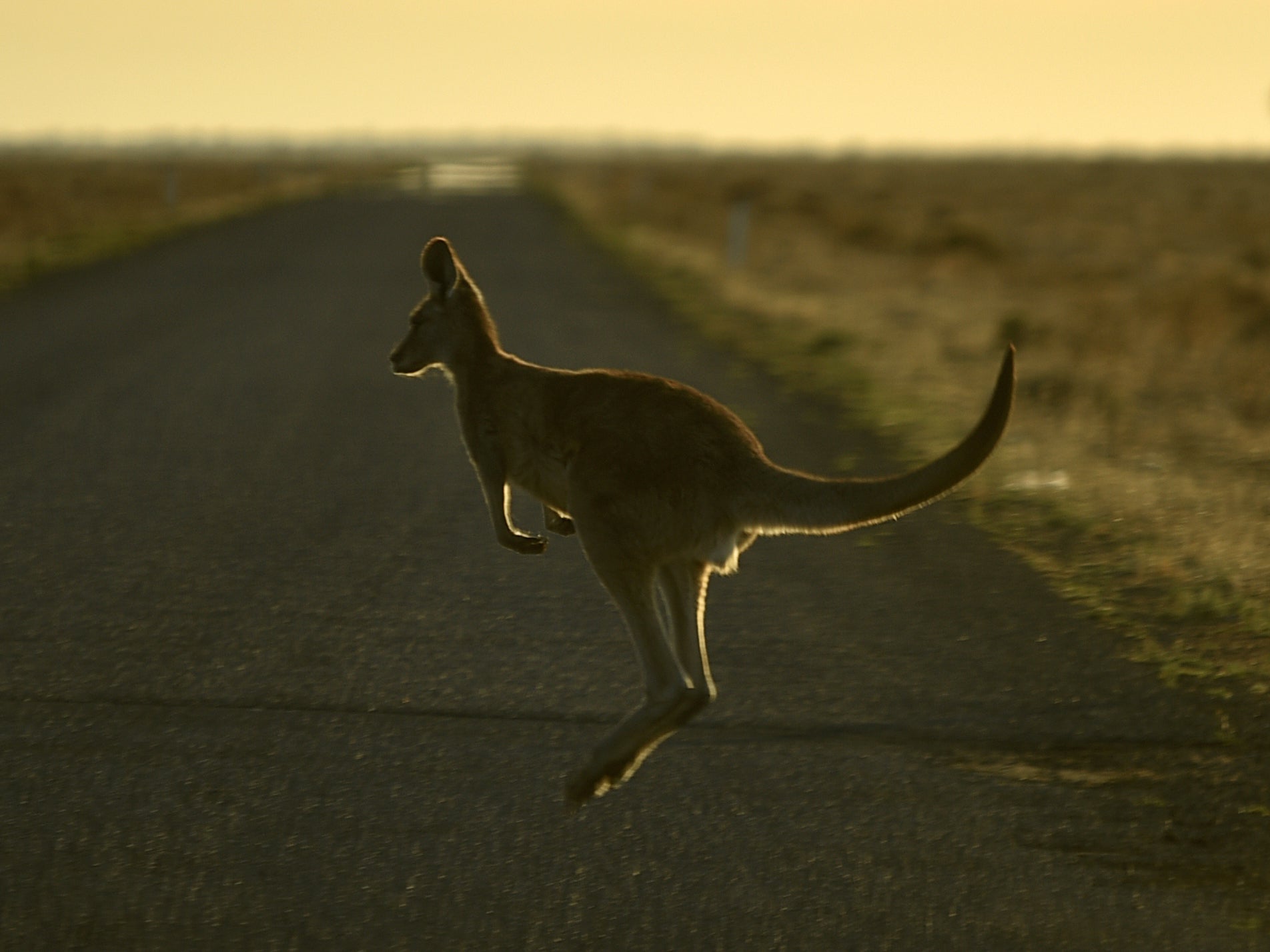
One non-Aboriginal participant, a farmer who asked to remain anonymous, came to a workshop after she was diagnosed with clinical depression. Wary of medication because family members seemed to have memory problems after taking antidepressants, she saw an advertisement for the workshops in a newspaper. Like many other farmers, she believes her depression came on due to cumulative pressures, the drought being the last straw.
Attending the day-long workshop, she was struck by the generosity of the Aboriginal psychologist and the other participants.
“It was about finding common ground. I knew that a lot of communication in Aboriginal culture is non-verbal, using body language. So I felt a bit like I didn’t know fully what was going on among the participants. Not that it mattered. For some of the day we just sat and were quiet, listening to each other.
“We talked about what we had experienced during the drought. Most of the Aboriginal people spoke of feelings of hopelessness for a long time, not just the drought, as they feel neither western nor Aboriginal and stuck ‘between worlds’. I often think I feel a bit like I don’t fit in with western people a lot either, but I realise it’s different and it’s not the same, what I have been struggling with.
“Some of the Aboriginal people also spoke about feelings of shame, like not seeing enough of their family or not providing enough. I sat there thinking it’s an emotion westerners should feel more of until we start helping fix the land we are helping to destroy. Now it’s affecting our livelihoods. I certainly won’t be able to stay on the land if we have another drought next winter.”
Livingstone, who isn’t Aboriginal, says she’s gained a lot from working with Blacklock and others in ganma workshops. “So many Aboriginal people have such a richer sense of family than non-Aboriginal people. My background is working in suicide prevention. From coordinating We-Yarn projects I have learned so much. I have been inspired to learn about my family’s history and spirituality, and that makes me feel stronger.”
Part of their programme involves the arts, such as painting, photography and performance. It may be less practical than learning about what crops to grow to eat in a climate of prolonged drought, but articulating how you feel is also a part of dealing with stress.
Another workshop technique the team uses is for two psychologists to work in tandem, one Aboriginal and one not, talking about a three-stage process when trying to deal with new and difficult situations like climate change. First, there’s awareness, then a feeling of being overwhelmed and helpless, then there is action and overcoming shame.
The underlying philosophy of this approach is that “feelings must turn into action”, Livingstone explains. “It’s tough out here but it’s not all doom and gloom.
“Look at what Aboriginal people have endured. Their connection to each other, the land and their spirituality is something to be admired,” she says. “Things can be done and people can survive, we just need the skills to do that.”
The farmer who participated in the workshop felt a definite change in herself: “At the end of the day I felt I came away with ideas about responsibility to not just our farm but to the river nearby, the birds and kangaroos too that live on our farm. We spoke of family and land ties during the day, too. If nothing more, I feel now like a custodian of the land I live on and that gives me pride. I am responsible for the living things that depend on the farm.
“You stand up taller, I feel taller, as a result,” she says.
This article was first published by Wellcome on mosaicscience.com and is republished here under a Creative Commons licence. Sign up to the Mosaic newsletter here
In Australia, Lifeline provides 24-hour crisis support and suicide prevention services: 13 11 14.
In the UK and Republic of Ireland, the Samaritans can be contacted on 116 123.
In the USA, the National Suicide Prevention Lifeline is 1-800-273-TALK







